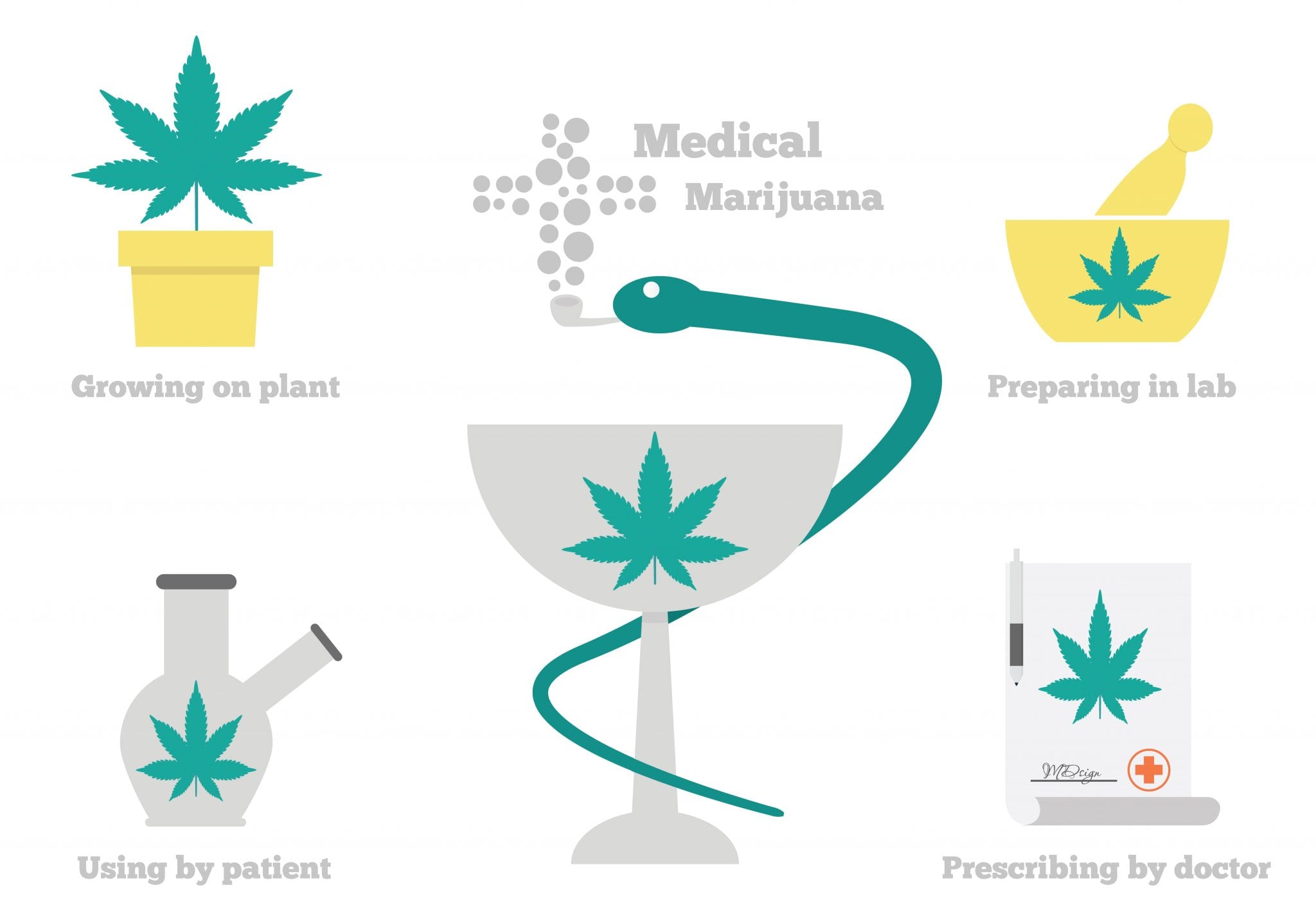What is Cannabis?


Medical marijuana, or cannabis, refers to using the whole cannabis plant, or the plant’s basic extracts, for the treatment of various ailments or conditions. If you’re not treating ailments or conditions, marijuana can’t be labeled medical marijuana.
Often, people become confused between the terms cannabis and marijuana. Cannabis is a category for a plant species that includes both hemp and marijuana. For a lot of people, the best way to think about cannabis is with an analogy: hemp and marijuana are to cannabis as lemons and oranges are to citrus. Two related but different plants, from the same “family.”
The characteristic that defines marijuana from hemp is the content of tetrahydrocannabinol (THC), the compound in cannabis that gets users high. Hemp is almost devoid of THC but often high in another cannabinoid – cannabidiol (CBD). Hemp has 0.3 percent THC or less while the threshold for marijuana starts at a THC concentration of 0.31 percent or higher. Both forms of cannabis, hemp and marijuana, have been shown to contain medically beneficial levels of differing cannabinoids, active compounds found in the cannabis plant.
Cannabis contains over 85 cannabinoids, some of which have been found to have therapeutically beneficial properties. The two major cannabinoids found in cannabis that academic and scientific studies demonstrate to possess the most therapeutic properties are cannabidiol (CBD) and tetrahydrocannabinol (THC), though a number of other cannabinoids, like cannabigerol (CBG) and cannabinol (CBN), also exhibit health benefits.
Cannabidinoids are all around us. They can even be found in a mother’s breast milk and are responsible for the “runner’s high” effect. They are part of the numerous electrical activities within the human body, and even though we don’t think of the human body as electric, it actually has several electric properties. In fact, we have an Endogenous Cannabinoid System in our bodies.
The Endogenous Cannabinoid System, discovered in the mid-1980s is far under- recognized for its far-reaching importance. This system which regulates balance or “homeostasis” within us regulates such functions as mood, sleep, appetite and hormone regulation. The numerous functions of the ECS can be summarized as the body’s ability to maintain itself and function in the proper environment.
Cannabidinoids include:
• Extracts from the Cannabis plant family
•CBD, THC and now 80 – 100+ trace cannabinoids
They can also be found in other plants like:
• Hops
• Echinacea
• Flax
• Kava
•Common Tea
• Endogenous Cannabinoids
•Anamdamide – cell signaling
• 2-AG
These cannabinoids interact directly with the body’s endocannabinoid system – a signaling network found within every mammalian species on Earth. It features two cannabinoid receptors, CB1 and CB2 receptors, which THC and CBD “dock” with to provide their therapeutic effects. THC, the mind-altering ingredient in cannabis, has been shown to increase appetite, reduce muscle control problems, and reduce nausea, pain, and inflammation. CBD doesn’t cause a psychoactive effect like THC, but it has been shown to reduce pain and inflammation, as well as be effective in killing certain cancer cells, controlling epileptic seizures, and treating mental illness.
To date, marijuana has not been recognized or approved by the U.S. Food and Drug Administration (FDA) as a food or medicine, but the agency has approved some cannabis-based medications for distribution in the U.S. In addition, over half the states and territories in the U.S. have legalized marijuana for medical use, as long as patients have registered to obtain their state’s medical cannabis “card”.
To read more about medical marijuana, click here.
To get CBD oil, email [email protected].